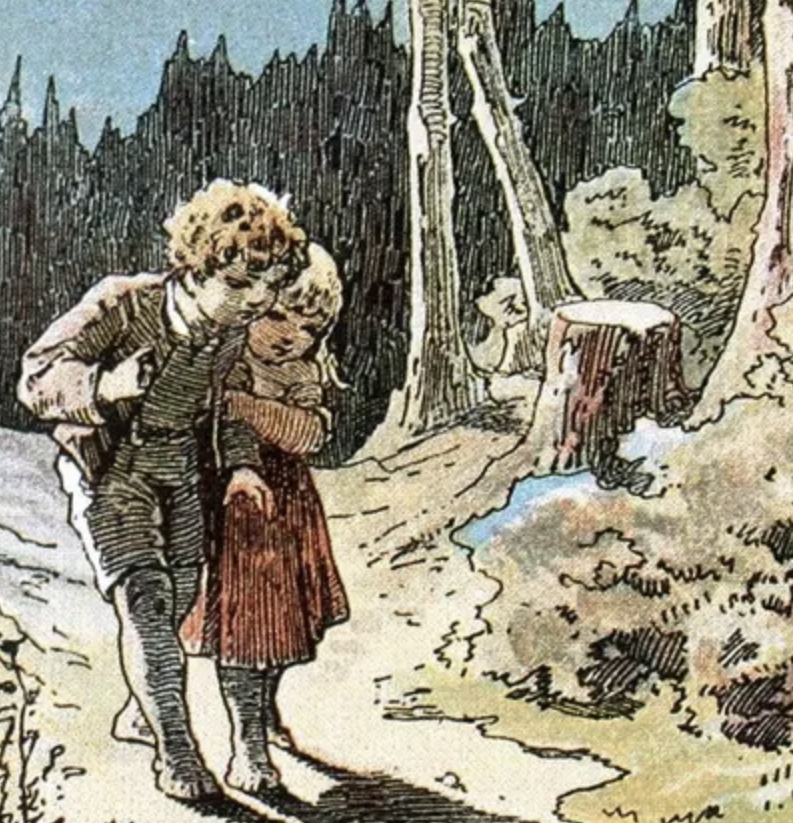'Disappearances' was a short essay first published by Elizabeth Gaskell in the June 1851 publication of Charles Dicken's journal, Household Words. The essay explored the disappearances of 6 men throughout the nineteenth century and how their stories could have played out differently if the London Detective Police was formed earlier. While Gaskell acknowledges the skills of the new Detective Police, she coherently addresses the concerns she has over the type of change they will constitute in the political sphere, as well as in literature. She brings to discussion the large controversy of public policy and the proper scope of police work, and questions whether they will bring justice or injustice. Furthermore she questions how they will impact the idea of private and public spheres in society; both in reality and fiction.
The London Detective Police were formed in the early 1840's. While the regular division was focused on preventing crime, the new detectives worked...
more

